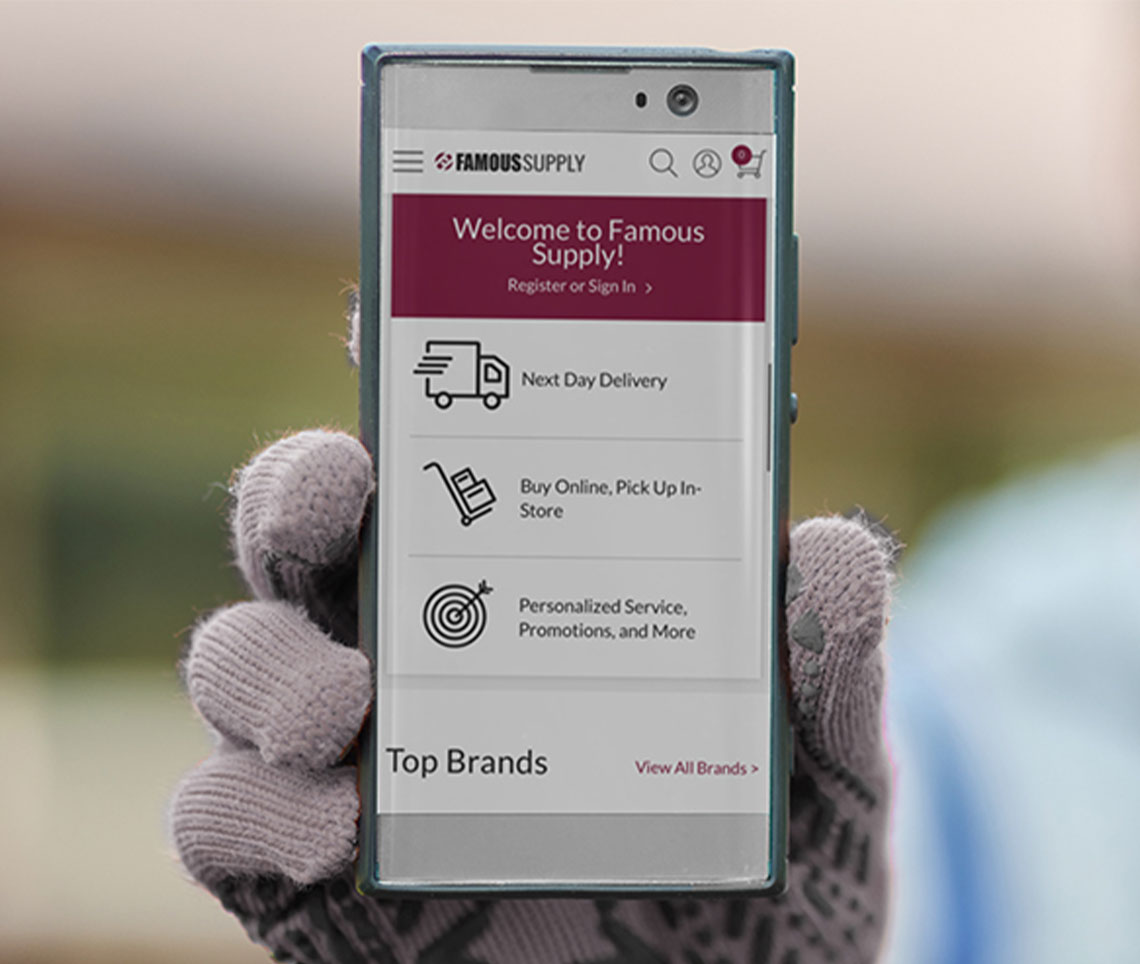
9. Get Clear On Expectations.
Create clarity and avoid misunderstandings by discussing expectations upfront. Establish mutually understood objectives and timelines for all projects, action items, and commitments. Set expectations for others and ask when you're not clear on what they expect from you.
Bruce's Message:
Many times, what we think someone wants may not be what they are thinking. If you go to the paint store and ask for a gallon of white paint, the associate will not just go to the shelf, grab a can and give it to you. They will ask you if you want the Whitney white, Shadow white, Chalk white, etc.
This is why we should never assume we know what a customer, internal or external, wants until we have fully listened to them. Many times we hear the first part of their conversation and think we know what their need is. Jim Sage reminds us in IT of this all the time. If we’re not careful, we may spend a lot of time working on a project only to find out it is not what the customer wants. Then, we must go back and spend more time reworking the project to give the customer what they wanted. This would not have been necessary had we just listened to the customer from the start.
Assume for a minute you are working with an external customer on a large project. One of the most important questions we need to ask the customer is “When do you need the product?” and “do you need it all at once?”. By getting these simple questions answered, we can be sure to have the product when the customer needs it. Just as important, we shouldn’t order the product too early and tie up operating capital and warehouse space.
Remember to take a minute, get all the information and ask questions. It will save time and we’ll deliver a better customer experience.
Thanks,
Bruce
Bruce Raff
Director of Training















